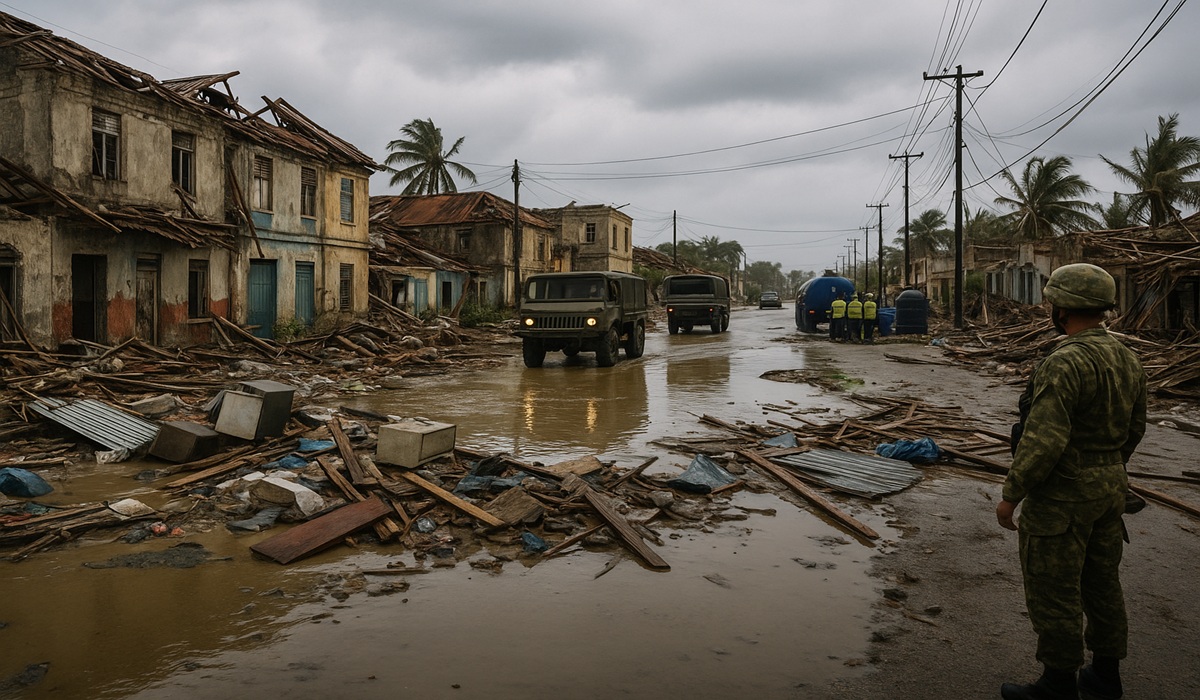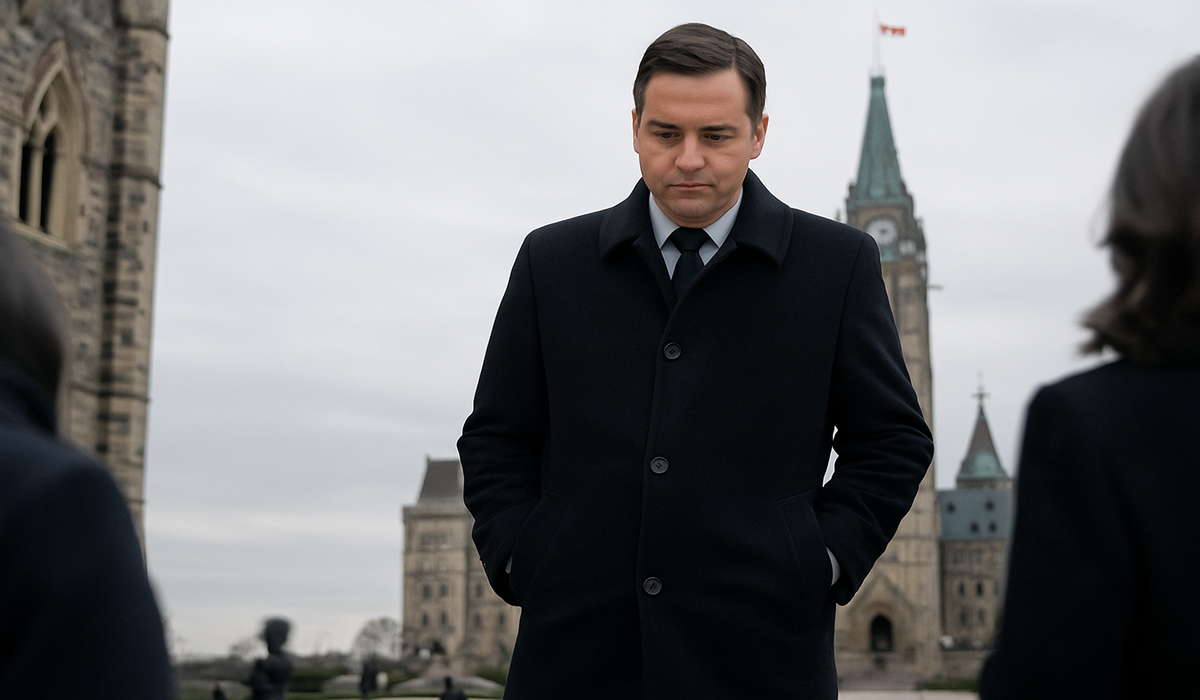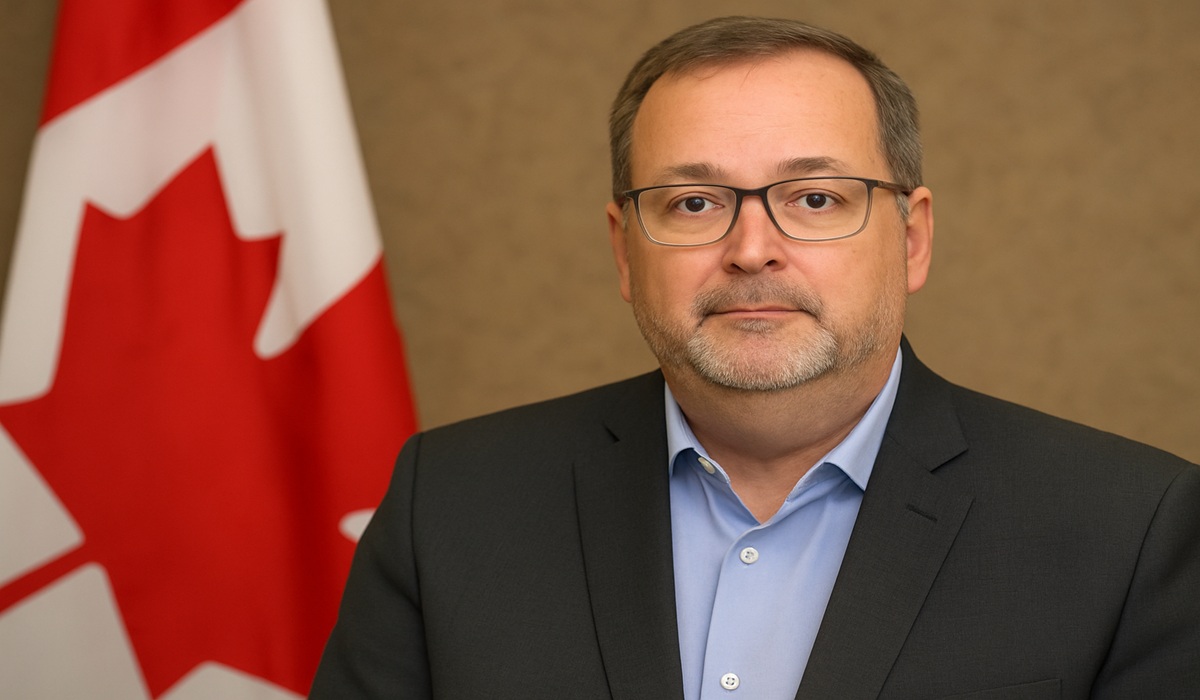Each year on November 11, the world falls silent for a brief, haunting moment—the eleventh hour of the eleventh day of the eleventh month. That silence carries a weight far beyond words. It marks the end of the First World War in 1918, when the guns finally ceased their thunder and the world exhaled after years of unimaginable suffering. From that silence grew a solemn tradition—one that calls on us to remember not only how wars end, but what they take from us.
The first observance came a year later, in 1919. It was called Armistice Day, a commemoration of peace hard-won and dearly bought. Across cities and small towns, families gathered in gratitude and grief. Many still wore black for sons, brothers, and fathers who never came home. Streets filled with the sound of church bells and muffled footsteps as the living paid tribute to the dead. Over time, as wars continued and generations of soldiers followed, the meaning of that day deepened. It evolved into what we now know as Remembrance Day—a moment to honour all who have served and sacrificed, in every conflict since.
At its heart, Remembrance Day is not about glorifying war. It is about acknowledging the cost of peace. The poppy, that fragile red flower blooming in the barren fields of Europe, became the symbol of remembrance because it dared to grow where nothing should have lived. It reminds us that even in the darkest soil of destruction, life and hope can take root. When we wear that small bloom over our hearts, we are saying: we have not forgotten.
The phrase “Lest we forget” carries with it both a promise and a warning. It is a promise to honour the fallen—to keep their stories alive in our collective memory. And it is a warning against the ease of forgetting, of allowing history to fade into abstraction. For forgetting breeds complacency, and complacency invites repetition. Remembering demands that we look unflinchingly at the past, not only to mourn, but to learn.
Every name carved on a cenotaph tells a story. A young farmhand who volunteered with dreams of adventure. A nurse who crossed oceans to heal the wounded. A family left waiting for a letter that never came. They are not numbers in a history book—they are the faces and voices that built our freedom. Their sacrifices ripple through time, shaping the lives we now live.
Remembrance Day is also for the living—the veterans who carry invisible scars, the families who hold folded flags in trembling hands, the communities that gather each year to stand in shared silence. That silence is not empty. It is filled with gratitude, sorrow, pride, and an enduring sense of duty. It asks each of us to reflect on what peace truly means, and what we are willing to do to preserve it.
Today, the world feels fragile again. Conflict still rages in corners of the globe, and divisions still run deep. Yet the essence of November 11 endures. It reminds us that humanity’s greatest act of remembrance is not in the laying of wreaths, but in the building of a better world—one worthy of the sacrifices made for it.
As we bow our heads this Remembrance Day, let the silence speak. Let it echo with the voices of those who fought and fell, who dreamed of peace but never lived to see it. Let it remind us that freedom, dignity, and compassion are not inherited—they are safeguarded, one generation at a time.
And when the trumpets fade and the day grows quiet, let us whisper together the words that hold the weight of a century:
Lest we forget.









